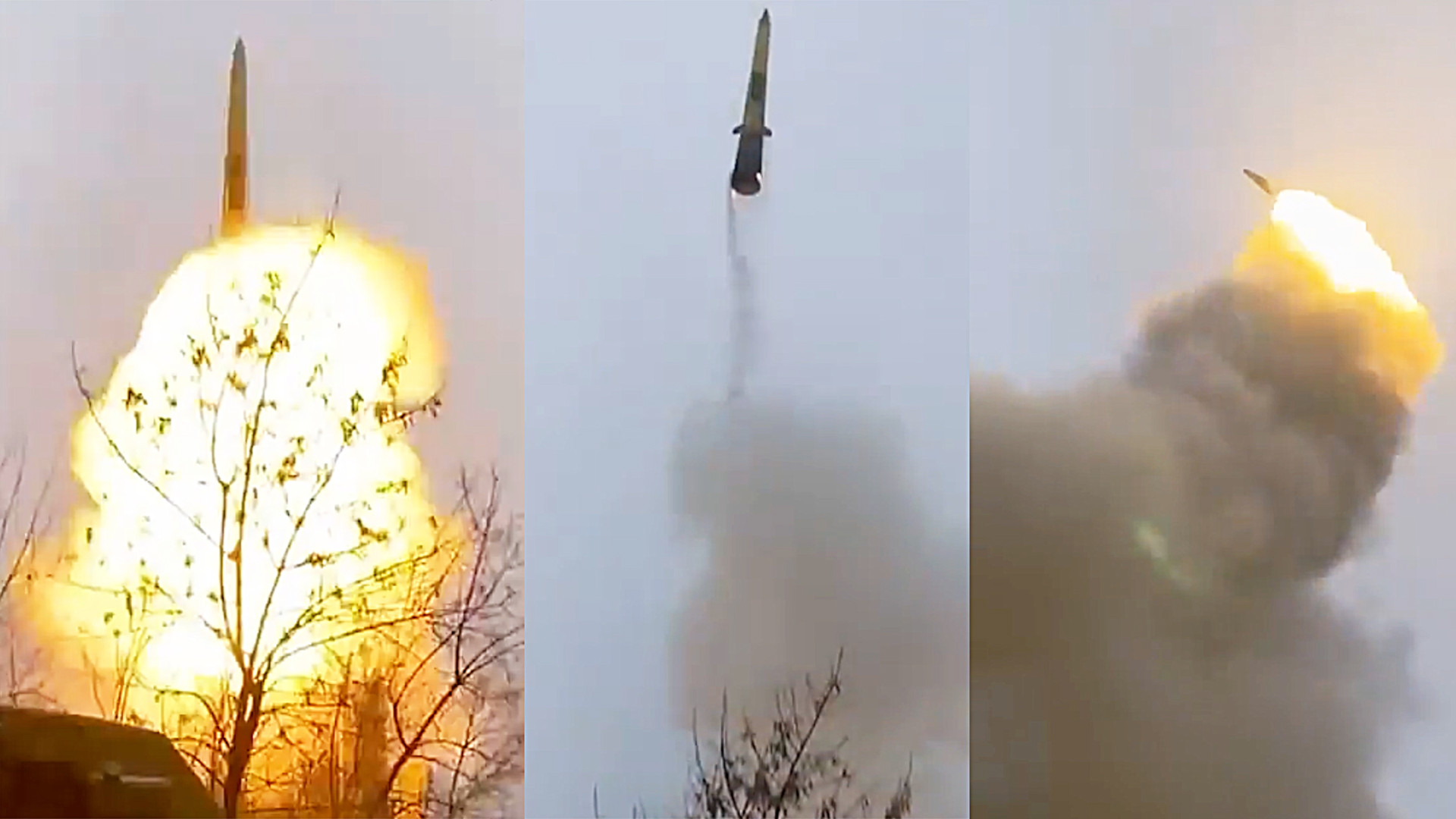The Ukrainian Air Force has shared some rare views of S-300V1 surface-to-air missile systems firing their 26-foot-long 9M83 interceptors. Early in the conflict, the Soviet-era S-300V1 was one of the highest-end air defense systems available to Ukraine’s armed forces, and one of the few offering critical anti-ballistic missile capability, but it’s unclear how many of them are still in service.
Two different clips of S-300V1s firing, as well as other footage of the system in use, were included in a video montage that Ukraine’s Air Force recently released. In the Ukrainian armed forces, the Air Force is the service primarily in charge of higher-end ground-based air and missile defense.
Despite the shared nomenclature, the S-300V series is completely different from the S-300P series variants developed by the Soviet Union and then by Russia. Versions of the S-300V include self-contained tracked transport-erector-launcher and radar (TELAR) vehicles. There are also TELs without the radar but that also feature a crane, and can be used to reload other launchers. Offboard radars can also be used with the system.
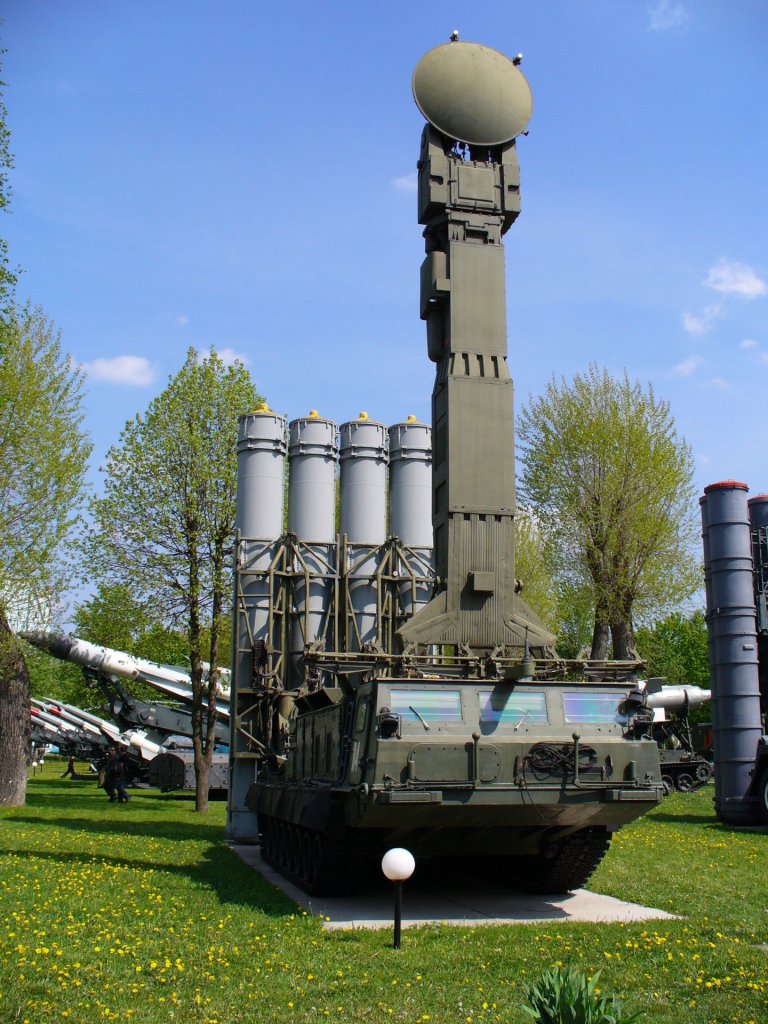
Two different interceptors exist for the S-300V series, 9M82 and 9M83, referred to by NATO as the SA-12B Giant and SA-12A Gladiator, respectively. The 9M83 has a maximum engagement range under optimal conditions of about 47 miles. The larger 9M82, which is nearly 33 feet long and that Ukraine is now known to possess, has a reach up to 60 miles. S-300V TELARs and TELs can, depending on subvariant, be loaded with up to two 9M82s or four 9M83s. Both interceptors have the ability to engage ballistic missiles in the terminal phase of their flight under limited circumstances.
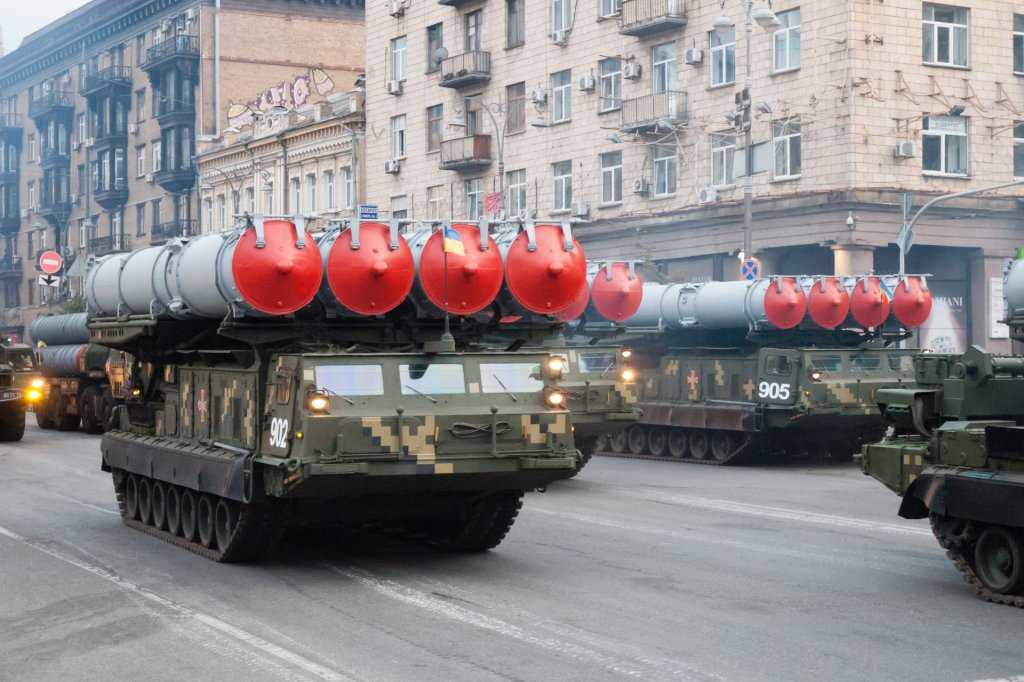
9M82s and 9M83s are so-called cold-launched missiles that are forcefully ejected vertically from their tubes first before their main rocket motor kicks in, making launches particularly dramatic, as can be seen in the recently released clips.
As noted earlier, the S-300V1 was an important air defense capability for Ukraine at the time of Russia’s all-invasion in 2022. The tracked TELARs also gave the system valuable mobility that could be used to set up these powerful systems near the front lines and relatively quickly relocate as required.
However, it is not clear how many S-300V1s may still be available. The Soviet-era systems were reportedly pulled out of storage and refurbished following Russia’s illegal annexation of the Crimean Peninsula in 2014. As TWZ has highlighted in the past, the global S-300V operator base has always been small and the only source for new production missiles has been the original manufacturer in Russia. As such, even if Ukraine still has a significant number of V1s that are still functional, stocks of interceptors for them can only have been dwindling in the past three years.
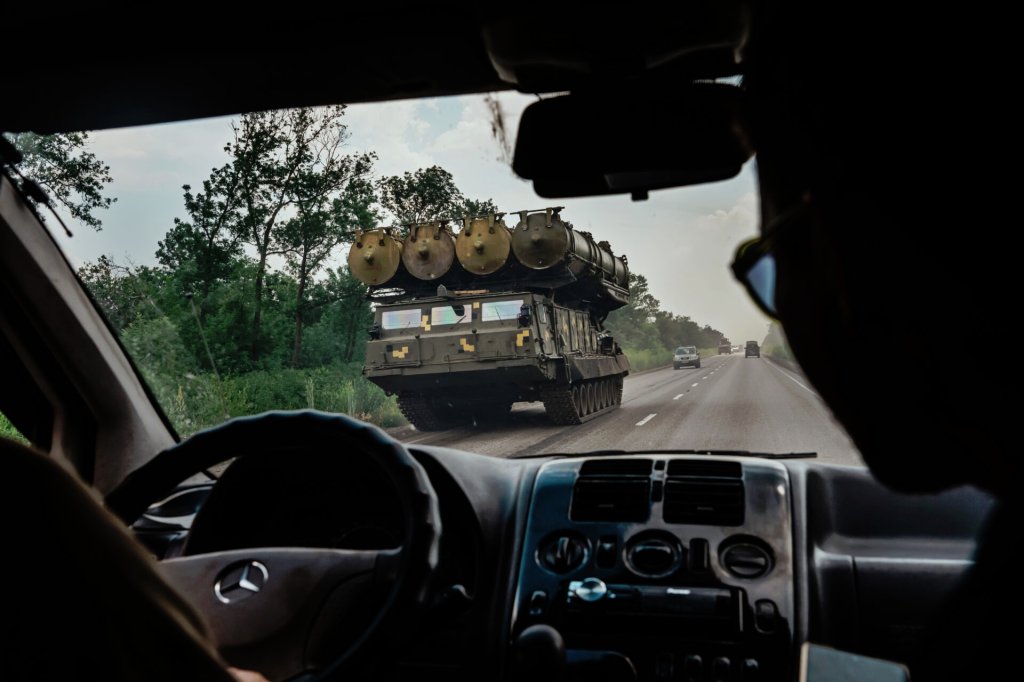
In fact, the video the Ukrainian Air Force recently released showing the S-300V1s in action is centered on an interview with an air defense officer, identified only as Dennis, who was originally trained on the system, but has since transitioned to the National Advanced Surface-to-Air Missile System (NASAMS). Developed by defense contractors in the United States and Norway, NASAMS can fire AIM-120 Advanced Medium-Range Air-to-Air Missiles, AIM-9X Sidewinders, and IRIS-T missiles. NASAMS has been a major boon for Ukraine, and in no small part because of the many sources of missiles for it to fire, but it is not intended for use against incoming ballistic missiles.
Demand for additional ballistic missile defense capacity was an important driver behind the delivery of U.S.-made Patriot surface-to-air missile systems to the Ukrainian military, as well as a variety of different interceptors to go with them, as you can read more about here. Patriots can be and have been used by Ukrainian forces against non-ballistic targets, as well. Just in January, Israel reportedly began sending additional stocks of PAC-2 interceptors to Ukraine following its retirement of its Patriot systems last year.
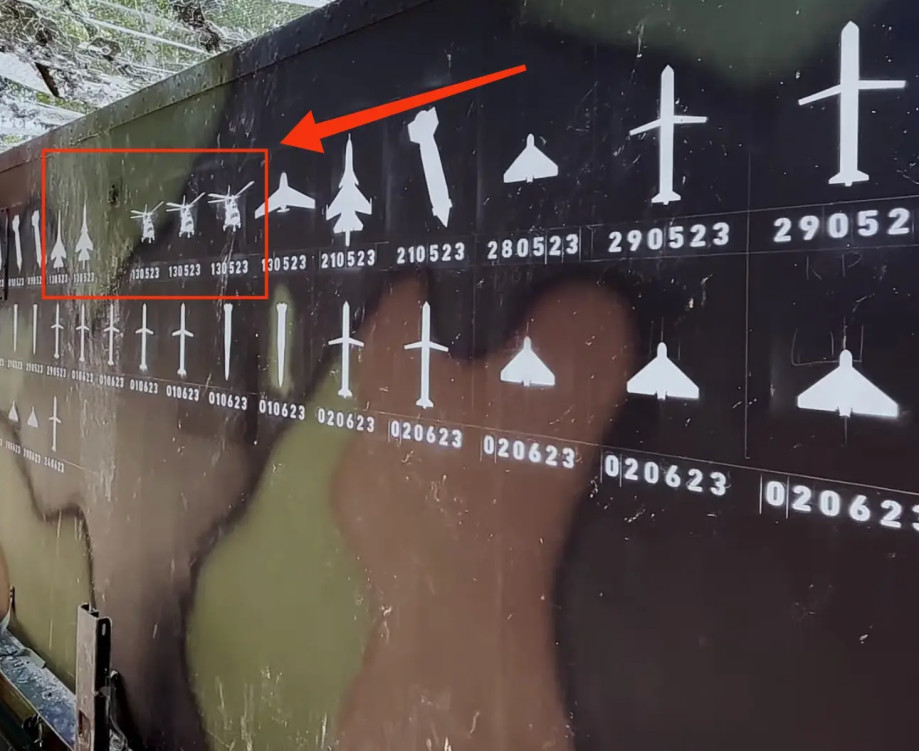
Russia’s ballistic missile arsenal, now bolstered by imports from North Korea, remains a serious threat to Ukraine and could grow further if much-reported deliveries of additional examples from Iran materialize.
Though aging and increasingly difficult to support, any S-300V1s that remain operational in Ukraine would offer a still valuable mix of capabilities.
Contact the author: joe@twz.com
